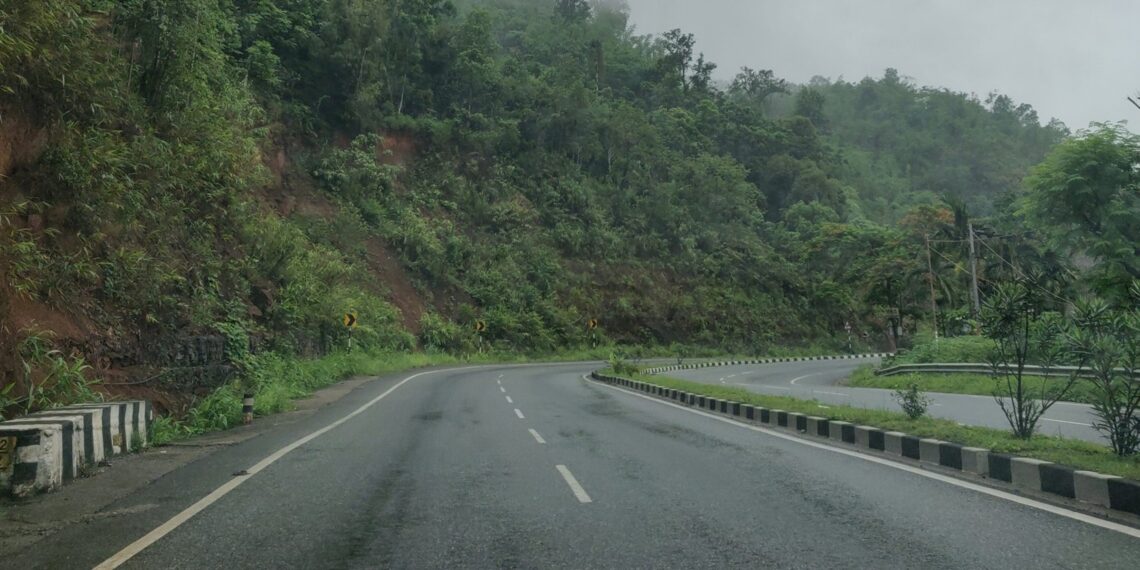The Indian government has cleared the construction of a high-speed highway linking Shillong in Meghalaya to Silchar in Assam. The new route will form part of a broader corridor that connects the region to Kolkata via sea, effectively bypassing Bangladesh.
The proposed four-lane highway will stretch 166.8 kilometers along National Highway 6, starting near Mawlyngkhung, close to Shillong, and ending at Panchgram near Silchar.
Once complete, it is expected to reduce travel time between the two cities from the current 8.5 hours to just 5 hours.
With a projected investment of Rs. 22,864 crore, the project is targeted for completion by 2030.
At present, the Siliguri Corridor serves as the only reliable land route between the Northeast and the rest of India.
While limited access exists through Bangladesh, recent policy restrictions imposed by Dhaka on maritime movement have prompted Indian authorities to accelerate the development of alternative corridors that ensure self-sufficiency and strategic security.
This new land link will integrate with the Kaladan Multi-Modal Transit Transport Project, a flagship initiative funded by India’s Ministry of External Affairs, which establishes a multi-layered transport route between Kolkata and Mizoram through Myanmar.
The corridor begins with maritime shipping from Kolkata to Sittwe Port in Myanmar, continues via inland waterways to Paletwa, and concludes with a road link to Zorinpui on the India-Myanmar border.
From there, the network connects further inland to Lawngtlai and Aizawl. With the addition of the Shillong-Silchar highway, this corridor will now extend deeper into Assam and Meghalaya, offering an uninterrupted sea-road route from Kolkata to the Northeast, independent of Bangladeshi territory.
The project also comes at a politically sensitive time.
Bangladesh’s interim chief adviser Muhammad Yunus recently described Northeast India as “landlocked” and dependent on Dhaka for maritime access.
In response, Prime Minister Narendra Modi advised restraint in such remarks, reaffirming India’s commitment to building autonomous infrastructure that reinforces national sovereignty.
Beyond its strategic implications, the Shillong-Silchar highway is central to India’s Act East Policy, which aims to enhance economic and geopolitical engagement with Southeast Asia.
Silchar, with its pivotal location linking Manipur, Tripura, Mizoram, and the Barak Valley, is poised to become a crucial junction for trade and transport.
ALSO READ: Cabinet clears Rs 22,864-crore Shillong–Silchar highway to boost Northeast connectivity
By improving connectivity between the Northeast and the Indian mainland, the new corridor is expected to improve logistics, facilitate commerce, attract investment, and reduce the logistical and strategic reliance on neighbouring nations.
As the Northeast continues to rise in national and regional significance, the Shillong-Silchar highway, in conjunction with the Kaladan project, reflects a bold infrastructural vision that aims to transform the region into a vital gateway between India and Southeast Asia.
The corridor’s completion will not only open new economic avenues but also reinforce India’s position as a self-reliant power in the eastern frontier.















